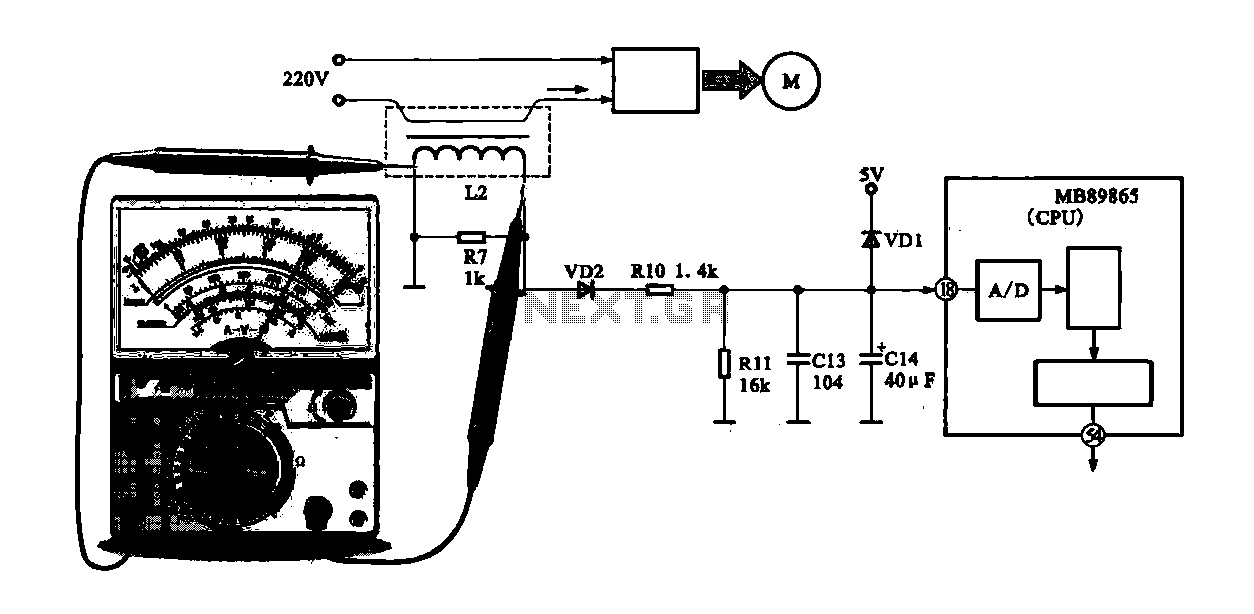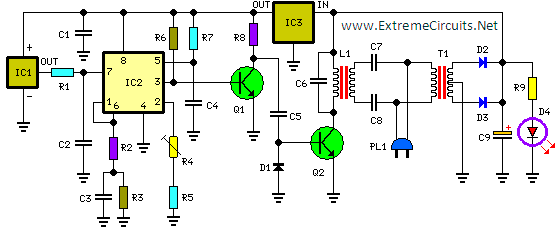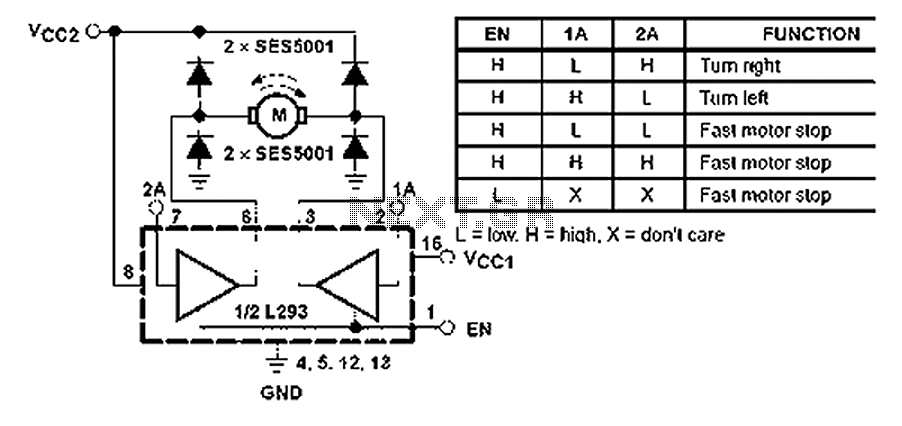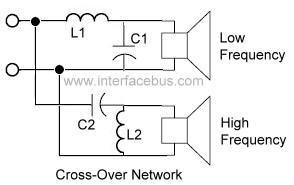
gsm cell phone jammer circuit
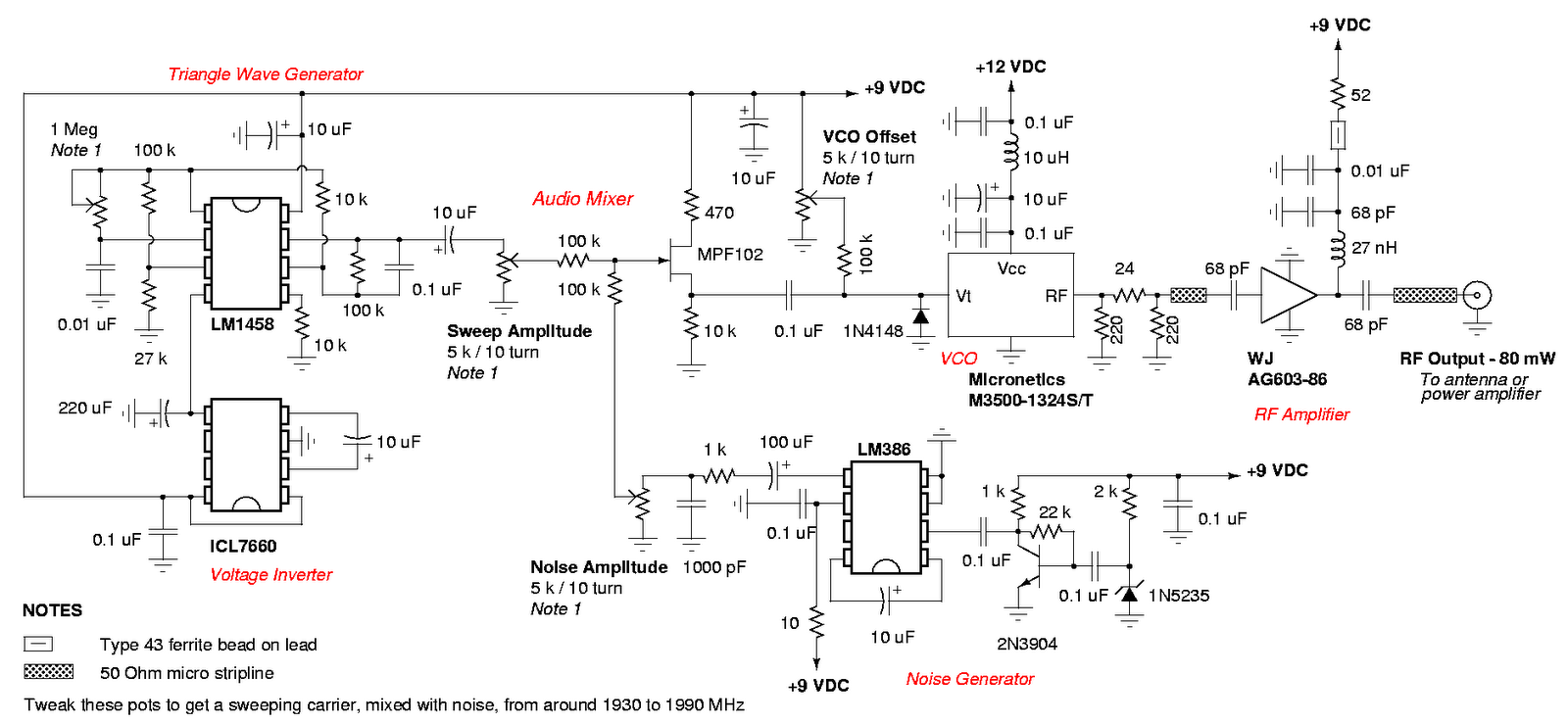
An admirable DIY GSM jammer or cellular mobile phone jammer schematic diagram designed for use with GSM1900, operating within the frequency range of 1930 MHz to 1990 MHz. The GSM1900 cellular mobile phone system is utilized in the USA, Canada, and most countries in South America. This cellular phone jammer is not applicable for use in Europe, the Middle East, or Asia. The GSM jammer can effectively block mobile phone signals that operate on the GSM1900 band, also known as DCS.
The GSM jammer circuit is engineered to disrupt communication signals within the specified frequency range of GSM1900. The primary components typically include a signal generator, power amplifier, and an antenna. The signal generator is responsible for producing a jamming signal that overlaps with the GSM1900 frequency, effectively creating interference that prevents legitimate signals from being transmitted or received.
The power amplifier enhances the output of the jamming signal to ensure that it can cover the desired area effectively. Antennas are crucial for transmitting the jamming signal; they must be designed to operate efficiently within the 1930 MHz to 1990 MHz range to maximize the effectiveness of the jammer.
Power supply considerations are also essential, as the circuit may require a stable and adequate power source to maintain operation without interruptions. It is important to note that while the circuit can effectively block GSM1900 signals, the use of such devices may be illegal in many jurisdictions due to regulations surrounding signal interference.
In summary, this DIY GSM jammer schematic is intended for educational purposes and should be approached with caution, keeping in mind the legal implications of deploying such devices in real-world scenarios. Proper understanding of RF principles and adherence to local laws is crucial when working with jamming technologies.A admirable diy gsm jammer or cellular adaptable buzz jammer schematic diagram for use alone in GSM1900 with abundance from 1930 MHz to 1990 MHz. The GSM1900 cellular corpuscle buzz arrangement is fabricated use of by USA, Canada and best of the nations in South America.
This cellular buzz jammer isn`t applicative for use in Europe, Center East, n or Asia. The GSM jammer ambit could block adaptable adaptable buzz signals which operates on GSM1900 band, additionally articular as DCS. 🔗 External reference
The GSM jammer circuit is engineered to disrupt communication signals within the specified frequency range of GSM1900. The primary components typically include a signal generator, power amplifier, and an antenna. The signal generator is responsible for producing a jamming signal that overlaps with the GSM1900 frequency, effectively creating interference that prevents legitimate signals from being transmitted or received.
The power amplifier enhances the output of the jamming signal to ensure that it can cover the desired area effectively. Antennas are crucial for transmitting the jamming signal; they must be designed to operate efficiently within the 1930 MHz to 1990 MHz range to maximize the effectiveness of the jammer.
Power supply considerations are also essential, as the circuit may require a stable and adequate power source to maintain operation without interruptions. It is important to note that while the circuit can effectively block GSM1900 signals, the use of such devices may be illegal in many jurisdictions due to regulations surrounding signal interference.
In summary, this DIY GSM jammer schematic is intended for educational purposes and should be approached with caution, keeping in mind the legal implications of deploying such devices in real-world scenarios. Proper understanding of RF principles and adherence to local laws is crucial when working with jamming technologies.A admirable diy gsm jammer or cellular adaptable buzz jammer schematic diagram for use alone in GSM1900 with abundance from 1930 MHz to 1990 MHz. The GSM1900 cellular corpuscle buzz arrangement is fabricated use of by USA, Canada and best of the nations in South America.
This cellular buzz jammer isn`t applicative for use in Europe, Center East, n or Asia. The GSM jammer ambit could block adaptable adaptable buzz signals which operates on GSM1900 band, additionally articular as DCS. 🔗 External reference
